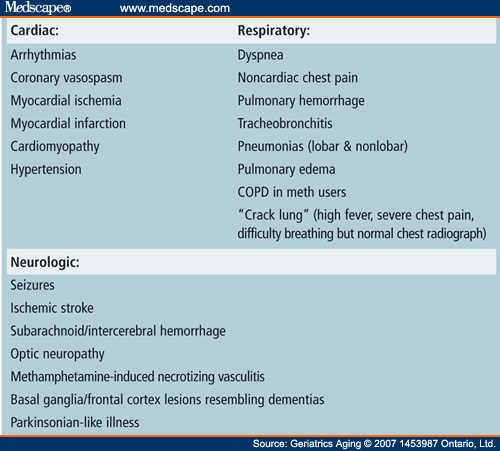

This article provides information to help in recognition of addiction, guidelines for treatment of intoxication and withdrawal of various drugs of abuse (such as opioids, sedative-hypnotics, stimulants, hallucinogens, and volatile inhalants), and techniques for brief intervention as well as long-term care of substance-abusing patients. Initial diagnosis and treatment of addiction problems are often done by the primary care practitioner before referral to a specialist. Patients with substance abuse problems are common in general medical practice and include people of all ages and socioeconomic groups. Shared Decision Making and Communication.Scientific Discovery and the Future of Medicine.Health Care Economics, Insurance, Payment.Clinical Implications of Basic Neuroscience.Challenges in Clinical Electrocardiography.To find out if our outpatient treatment options are right for you, please contact our helpline today. Behavioral therapy, individual counseling, and group therapies form the backbone of treatment services.
Crack addiction delirium crack#
If you or a loved one is struggling with a crack addiction or another form of substance abuse, help is available.Īddiction treatment programs can include detox support, inpatient care, and outpatient treatment. A crack overdose comes with a number of side effects, including include: It’s also often mixed with other addictive drugs like opioids and fentanyl.īecause of this, it makes it very easy to overdose. You can consume large amounts without even knowing it. Using crack cocaine in any form can make it very difficult to know just how much you’re ingesting. sores, lesions, and ulcers in the nose and throat.perforation of the nasal septum and roof of mouth.Some of the effects of snorting crack include: It also comes with a variety of dangerous side effects including cardiovascular issues, mental health problems, and high body temperature.Ĭrack and cocaine use come with a variety of different side effects that range from mild to very serious. However, snorting crack can be just as dangerous as smoking it and is still considered a form of illicit drug use.Ĭrack use, via snorting or smoking, can also become addictive after only one use and increase your risk of overdose. They may want to feel the effects over a longer period of time, they may think it’s a safer way to use it, or they may not have the necessary equipment to smoke it. There are any number of reasons someone may snort crack instead of smoking it. Once the drug hits the brain, it allows for the release of a large amount of dopamine which is what causes the euphoric feeling. From there, it goes back to the heart and then to the brain. When snorted, the drug has to go from the nose to the heart and then to the lungs.

When it’s snorted, the drug takes longer to reach the brain and for you to feel the effects. It then ends up being a rock or crystal that is yellow or white in color.Īs noted above, it’s normally smoked, but can be crushed and snorted (also known as insufflation). Snorting the drug comes with a host of side effects including damage to the inside of the nose, nosebleeds, and difficulty swallowing.Ĭrack cocaine, also known as freebase cocaine, is made by first deriving the powdered form of cocaine from the coca plant and then processing it with water and other chemicals like baking soda. To snort crack cocaine, a crack crystal simply has to be broken up before it’s inhaled through the nose. While smoking crack is the top method of abuse, snorting it can also lead to drug addiction. Crack cocaine is a central nervous system stimulant drug that’s considered the most addictive form of cocaine.


 0 kommentar(er)
0 kommentar(er)
